By Evin Priest
I felt at home as soon as I saw Kel Nagle and Peter Thomson’s name enshrined on the wall at Portmarnock Golf Club.
To be fair – as a travelling Aussie – I had already been familiarised after several days of visiting Dublin’s many pubs, listening to its live music and watching hilarious (and cheap) stand up comedy in Temple Bar.
But for my first ever round of golf in the beautiful country of Ireland, there was something special about seeing the names Thomson and (the late) Nagle sitting proudly amongst the results from the 1960 Canada Cup held at Portmarnock, now the World Cup of Golf.
It was some introduction, although the course voted No.2 in the country by Golf Digest Ireland didn’t need one. Days after my visit, Portmarnock Golf Club celebrated its 122-year anniversary.
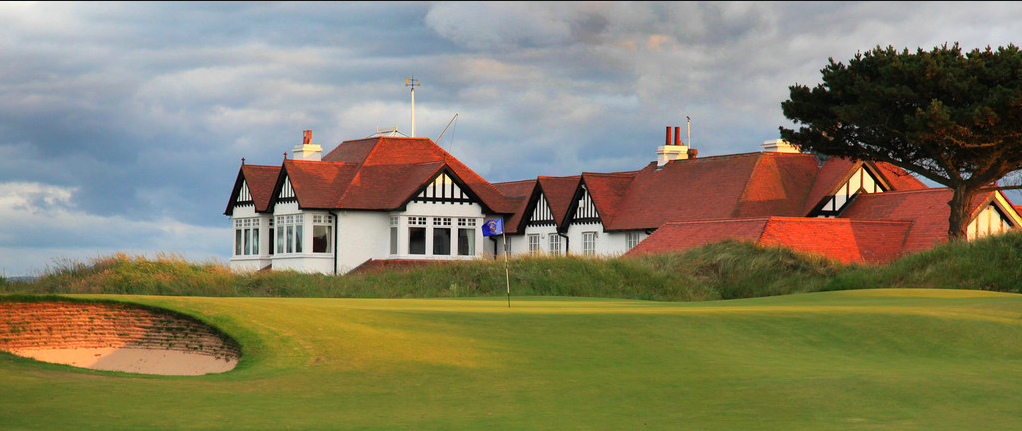

Since 1894, this remarkable golf course – which hosted the inaugural Irish Open in 1927 – has been wowing golfers with an charming links design set on its own breathtaking peninsula between the Mayne River and the Irish Sea.
It is a links course in the truest sense featuring gorgeous little bunkers varying in shape from pot style to church pews and coffins, fairways meandering through huge sand dunes and thick rough, as well as subtle, pure greens.
The dunes here are soft rather than dramatic, which dictates its legendary routing. That routing hasn’t been altered in over a 100 years and was revolutionary at the time for constantly changing wind direction with every shot.
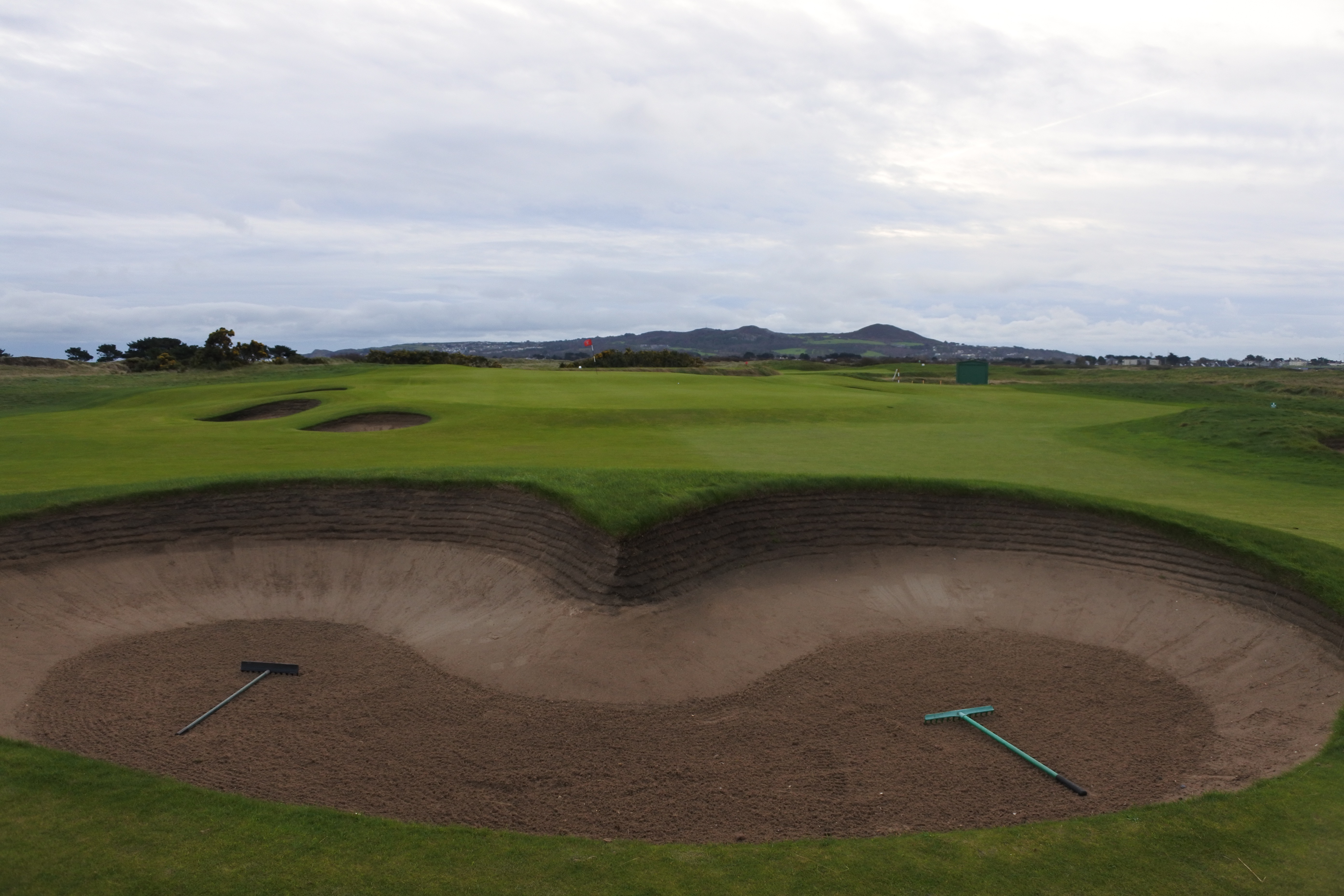
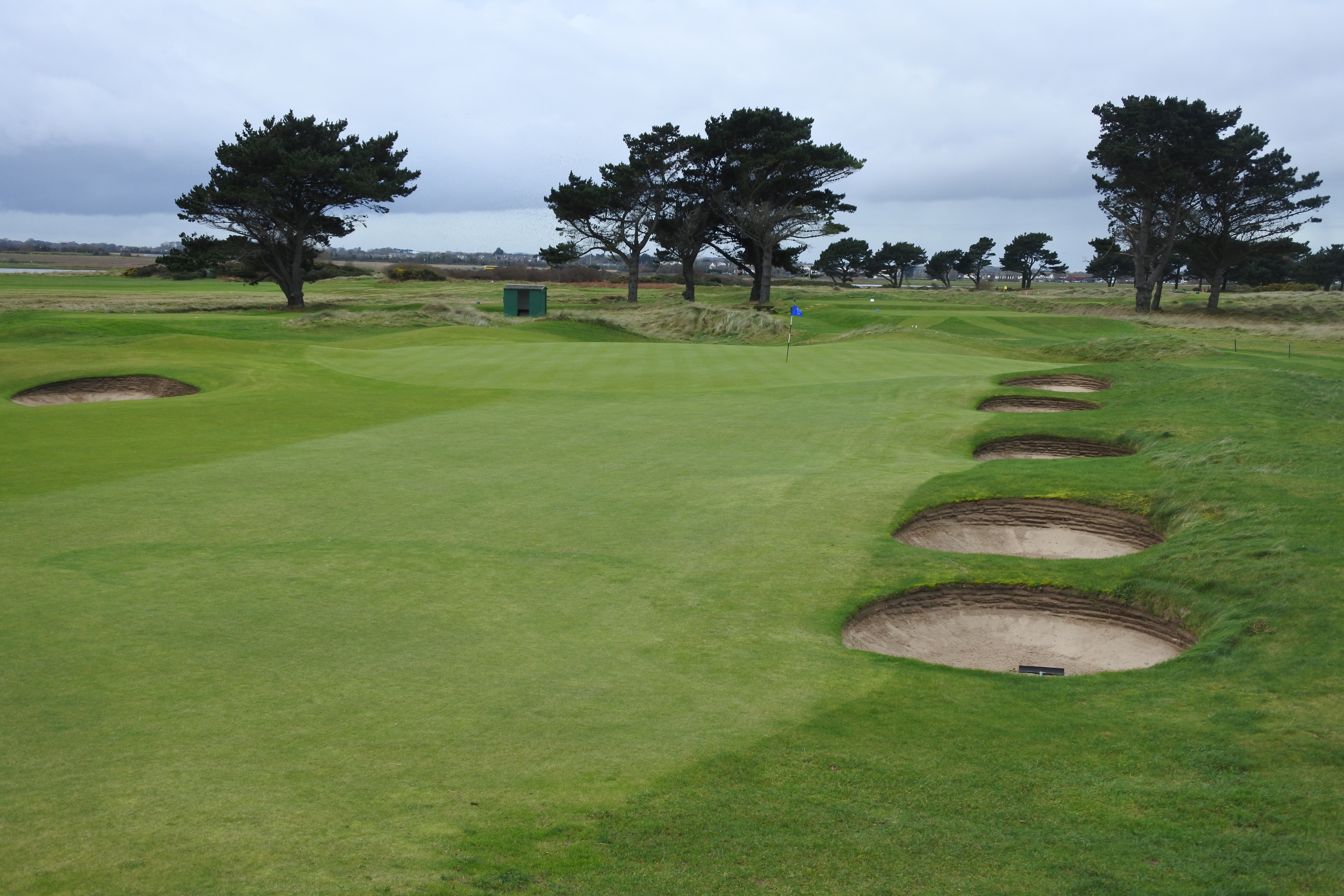
Portmarnock is also forgiving enough for higher handicappers to enjoy, with nearly every feature plainly in view from tee to green.
This writer opted to walk the course, despite spouts of rain, strong winds blowing all day and temperatures around 8C. And it was one of the most memorable rounds I’ll ever play.
One more thing, Dublin is only two hours south of Royal County Down – voted the world’s best layout by Golf Digest in the 2016 World’s 100 Greatest Golf Courses ranking. Go on, you know you want to.
Spoiled For Choice
A number of golf courses in the Dublin area will make your trip an unforgettable one. The Island is often voted the best in Dublin and renowned for its large, dramatic and stunning dunes. This utterly spectacular course starts with eight consecutive par 4s, combining long and short holes with blind shots, big dunes, ridges and hollows.
Equally as breathtaking is The European Club. Set on the Wicklow coastline, The European Club will test every club in your bag, particularly from the tee with views of the infamous (but enchanting) railway-sleepered bunkers creating a sense of doubt. A cool feature of this course is that the beach is in play on the back nine.
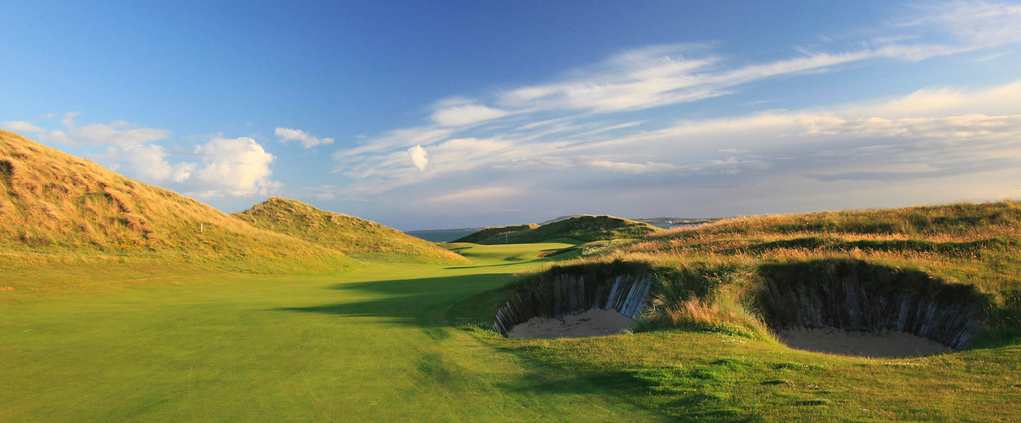
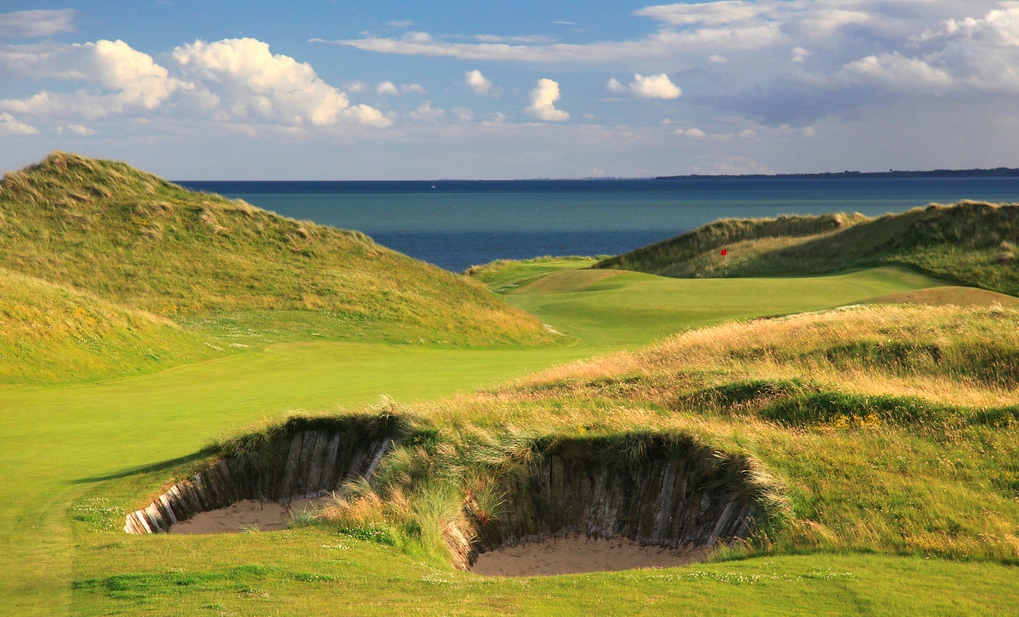
For sheer contrast, the parkland layout at Druids Glen Hotel & Golf Resort is absolutely worth a visit, particularly for its outstanding collection of par 3s –three of which are magnificent surrounded by water. While we’re talking about parkland courses, Killeen Castle is a fantastic layout set over 600 acres of idyllic parkland that surrounds a 12th century castle. It also boasts a Jack Nicklaus signature course, which hosted the Solheim Cup in 2011.
Given its roots in golf history, a visit to Royal Dublin is a must. Ireland’s oldest links boasts a classic in an out-and-back routing bereft of dramatic dunes. Instead, the natural twists and turns will thrill you endlessly.
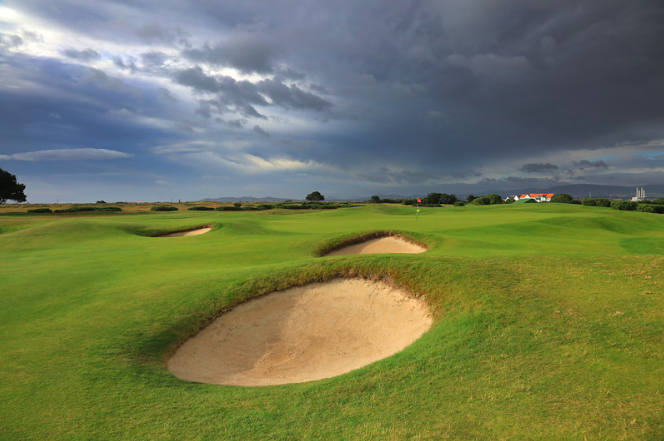
Explore Dublin
As fantastic as Dublin golf is, there is plenty to see, do and drink away from the links. With Ireland so renowned for its world-class whiskey, the Old Jameson Distillery is an enriching experience. Established in 1780, this is the original site where Jameson Irish Whiskey was distilled until 1971 and the fascinating guided tour last for 1.25 hours and includes a complimentary Jameson signature drink at the distillery bar.
Similarly, the Guinness factory is one of Dublin’s most iconic attractions and you can’t not visit while you’re here. The seven-storey experience details exactly how the world-famous drink is brewed and sampling this mothers milk in Gravity Bar at the conclusion of the tour is marvellous for its views across the city.
For the history buffs, Dublin Castle is a fantastic way to spend a few hours and immerse yourself in tales of the Vikins. Founded in 1204, the Castle hotbed of Dublin history and a guided tour will bring the city’s past alive.
Arguably the most exciting aspect of Dublin is the Temple Bar district – the city’s cultural capital. The Temple Bar area is a square on the south bank of the River Liffey with off-shooting streets and narrow laneways. They’re lined with boutiques, cafes, galleries and pubs. Start at The Temple Bar Pub (founded in 1840), before working your way to Foggy Dew, Buskers Bar, The Auld Dubliner and The Palace Bar.
For a laugh, a night of stand up at the International Comedy Club is one of Dublin’s true highlights. This writer paid 10 euros for two hours of pure gold.



